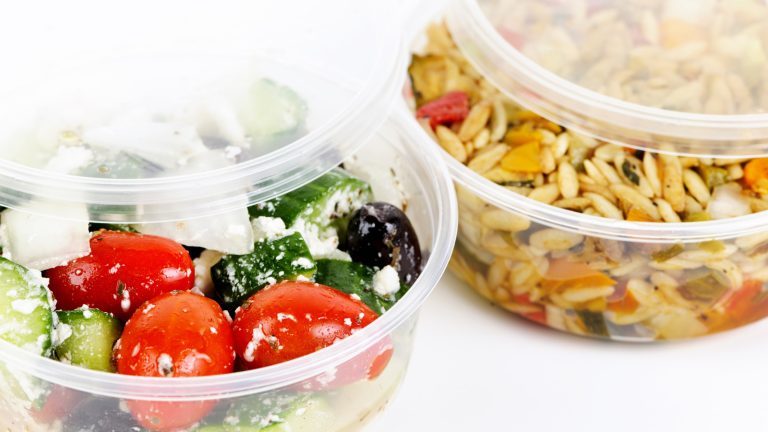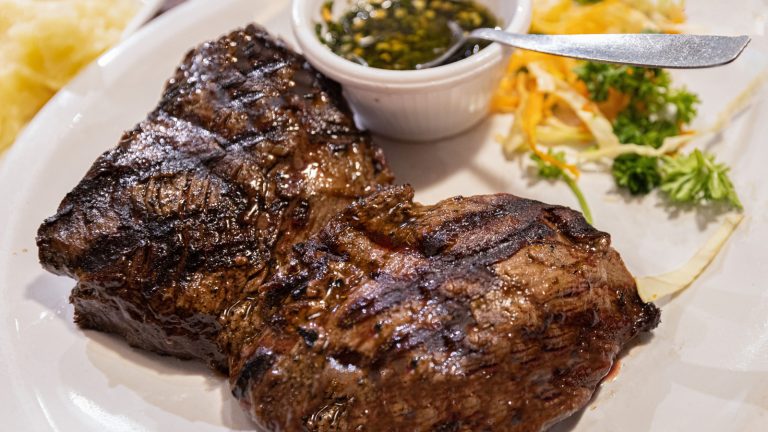Wine can be heartbreakingly expensive, especially for the red drinkers among us. This is due to a range of factors, including production costs, the aging process, and the vineyard’s size, just to name a few. Of course, you can find plenty of cheap bottles of wine that taste expensive, but if you don’t feel like looking too hard, there is one thing worth paying attention to: The region that the wine comes from.
Erin Henderson, founder and chief sommelier at The Wine Sisters, told Tasting Table that red wine from certain appellations is more expensive than others. Wine appellations are miniature sub-regions in areas with a wide range of wine grapes, such as Napa Valley. These areas make wines with recognizable characteristics, and the more in-demand they are, the more expensive the wine produced there becomes. Instead of buying a bottle where the appellation is narrowed down and only a small quantity of sought-after wine is produced, try to find a bottle from the wider region.
It could taste just as good, and it will be a lot cheaper. “Rather than consider varietal, I think it’s easier to look at countries, or, probably more likely, regions, appellations, and sub-appellations,” Henderson said. “For example, a cabernet sauvignon from the premier sub-appellation of Margaux (which is in Bordeaux, France) is going to be far more expensive than a cabernet sauvignon from the general region of Bordeaux. And a cabernet sauvignon with a general designation of France is going to be cheaper still.”
Try wine from these lesser-known regions
Wines from lesser-known appellations can also be just as good as wines from the famous ones. For example, the garnachas and syrahs from Vinos de Madrid in Spain are meant to be stellar, as are the red wines from Puglia in Italy. People also rave about the tempranillos from the Alentejo region of Portugal and the variety of reds from the country’s Douro region.
If you like to explore French wine, steer clear of Burgundy and Bordeaux and try a Chinon or Saumur from their peer region, the Loire Valley. Henderson said, “Regions that are super fun for treasure hunting include South Africa, Greece, Portugal, Argentina, and I always manage to find some stellar wines in Bordeaux Superieur from top vintages.” As for the U.S., the wines from Washington State are really having a moment, particularly anything from the Columbia Valley.
Some vineyards along California’s central coast are also rivalling those in the Napa Valley right now, as are the wines from Lodi and Paso Robles. We even curated a beginner’s guide to California’s Paso Robles wine to help people explore the area’s offerings. So, whether you want to try out some lesser-known appellations or just try buying wine from wider regions, as Henderson said, it might just be time for a treasure hunt.






